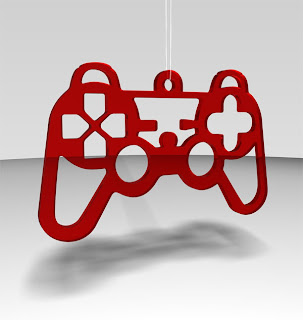Post-modernists and “remix” techniques is an era where designers are getting to be creative in different ways and “break all the rules” instead of taking one design style from the past many are remixed together to make something unique in its own way. I think this is important for the culture of society considering design is becoming more of what the designers want to do without the restrictions of having to abide by the certain style of the time.
One example of post modernism I is the birds nest stadium in Beijing which was completed in 2008. The birds nest uses a variety of different styles in its design for example using scale as a main factor making something that looks like a birds nest but a lot bigger than what any birds nest could be. There is also the design method of stripping the object down to the raw materials where there is the metal with nor ornament in there with the lines being very straight and structured like but then the overall effect is very curvy so they have added many types of styles to this design.
These different elements of design in the making of the birds nest helps portray the culture in Beijing and showing what people living there are capable of.
___________________________________________________________







